-
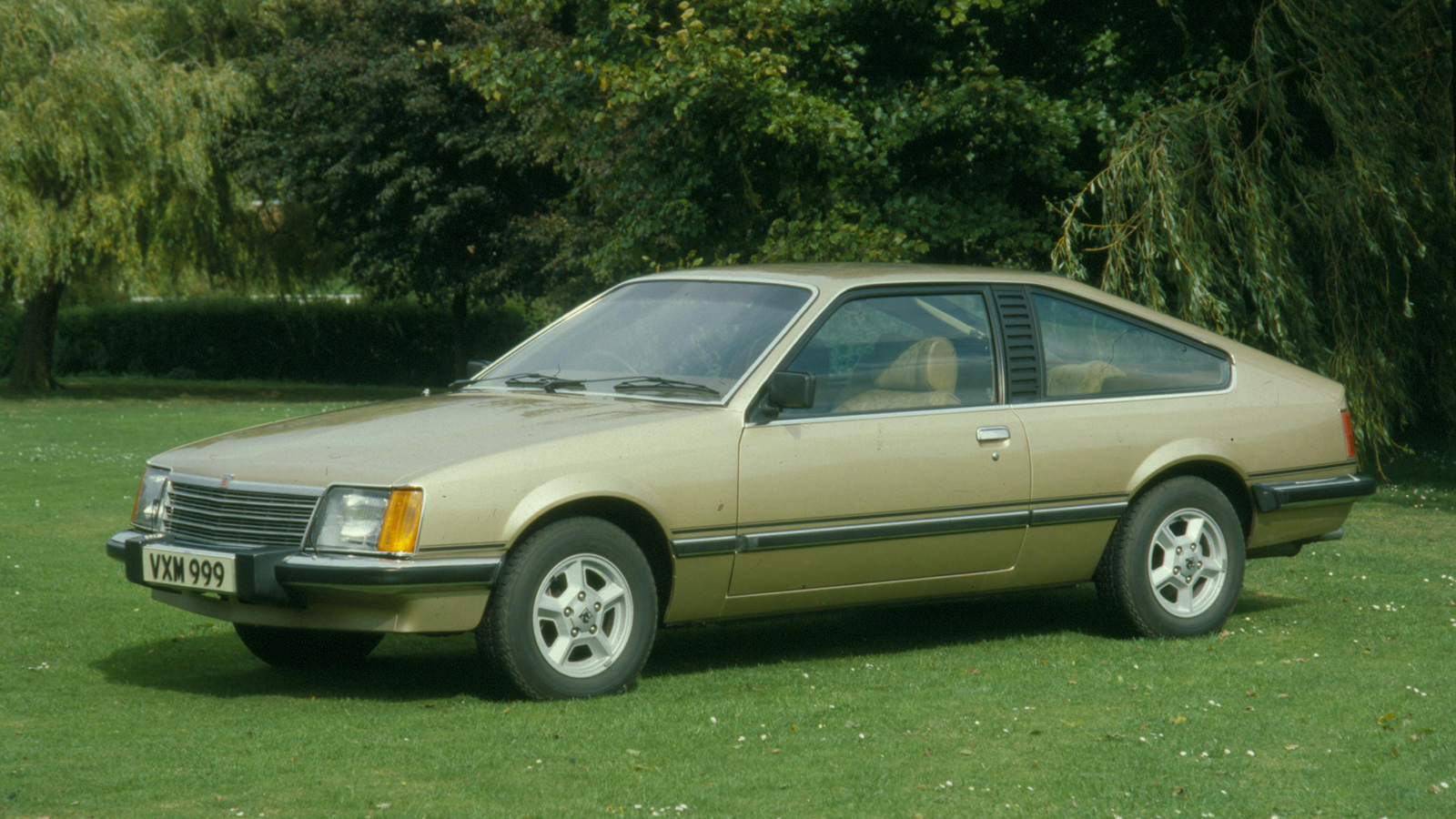 © Vauxhall Heritage
© Vauxhall Heritage -
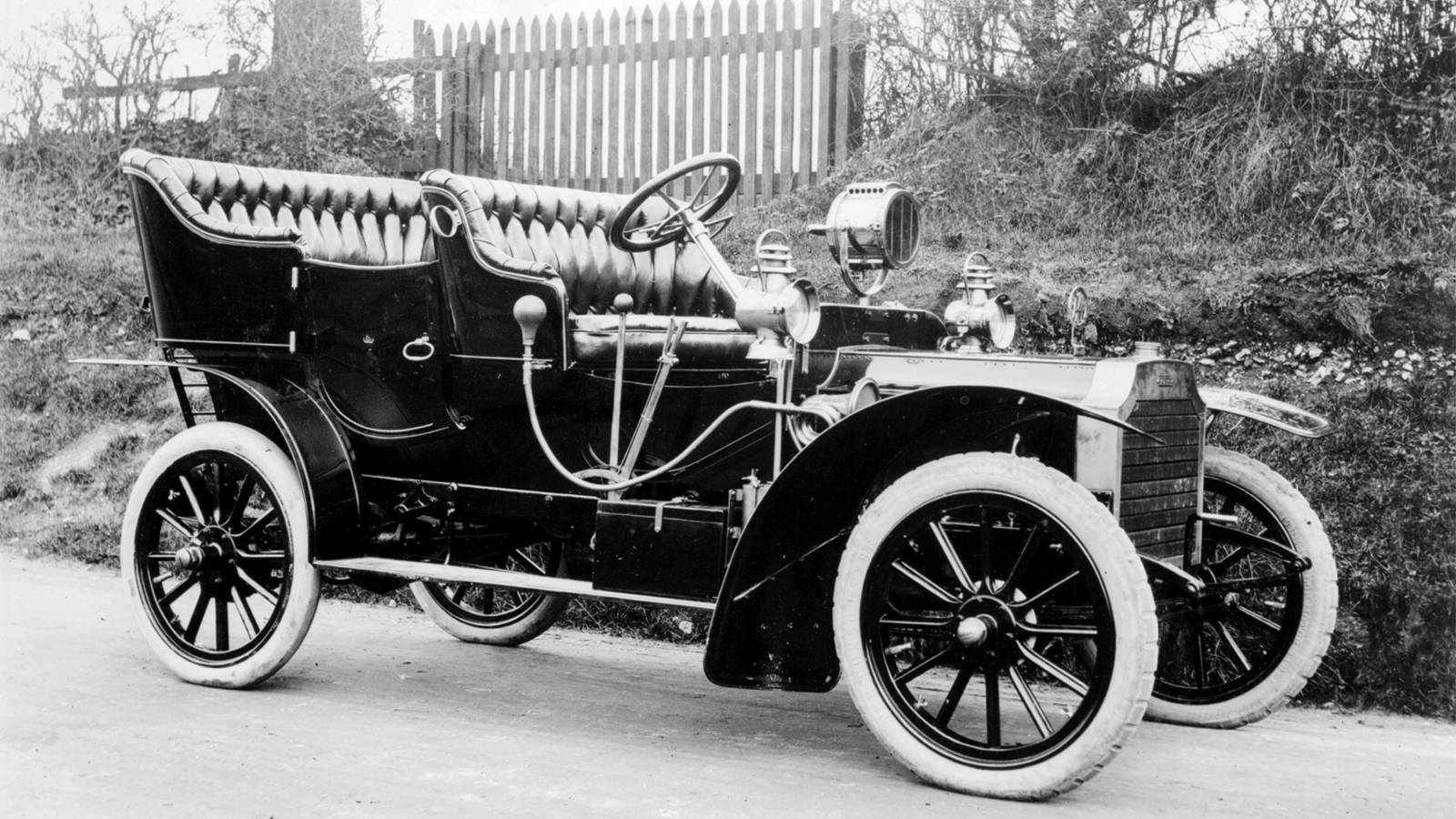 © Vauxhall Heritage
© Vauxhall Heritage -
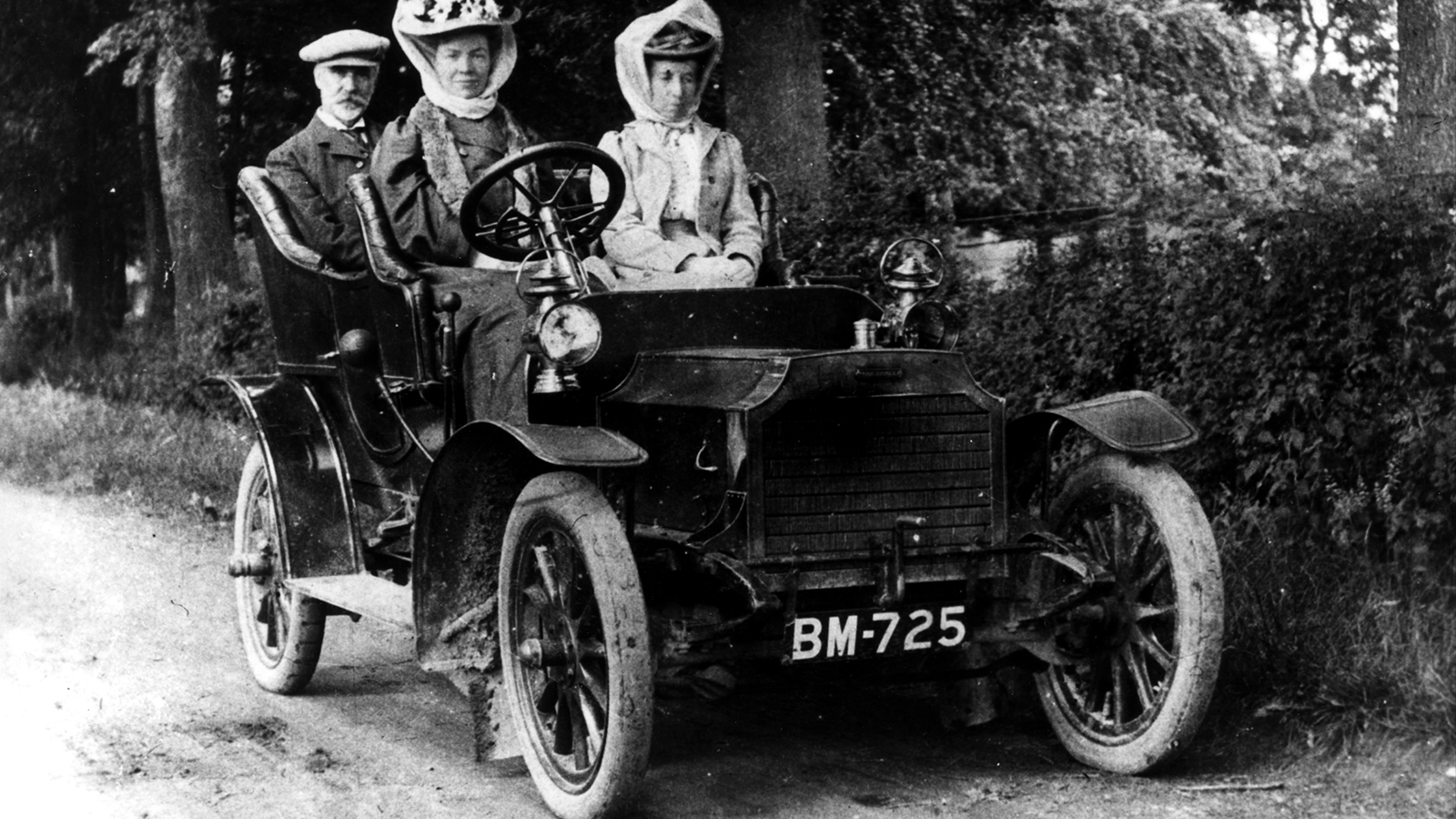 © Vauxhall Heritage
© Vauxhall Heritage -
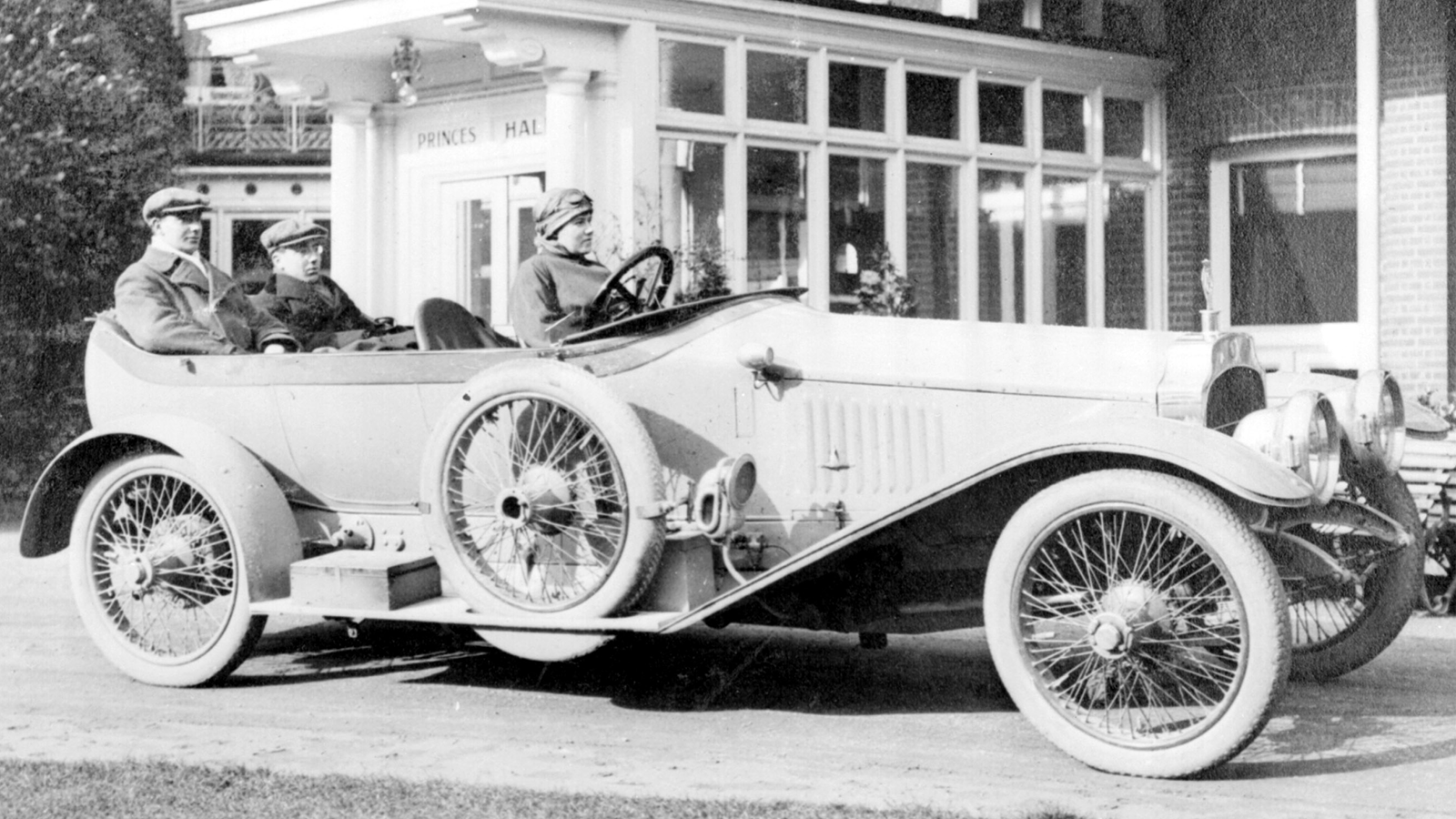 © Vauxhall Heritage
© Vauxhall Heritage -
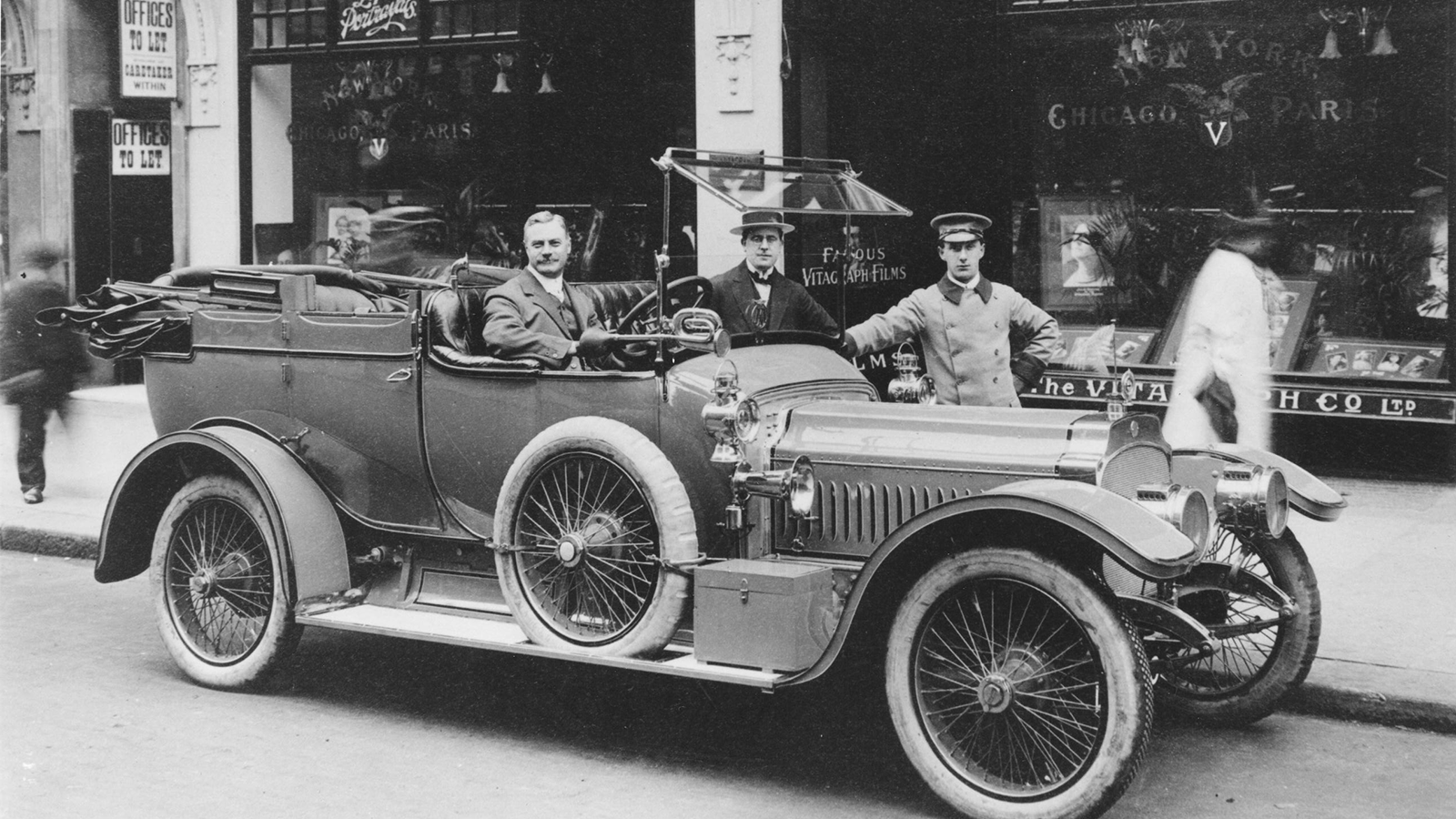 © Vauxhall Heritage
© Vauxhall Heritage -
 © Vauxhall Heritage
© Vauxhall Heritage -
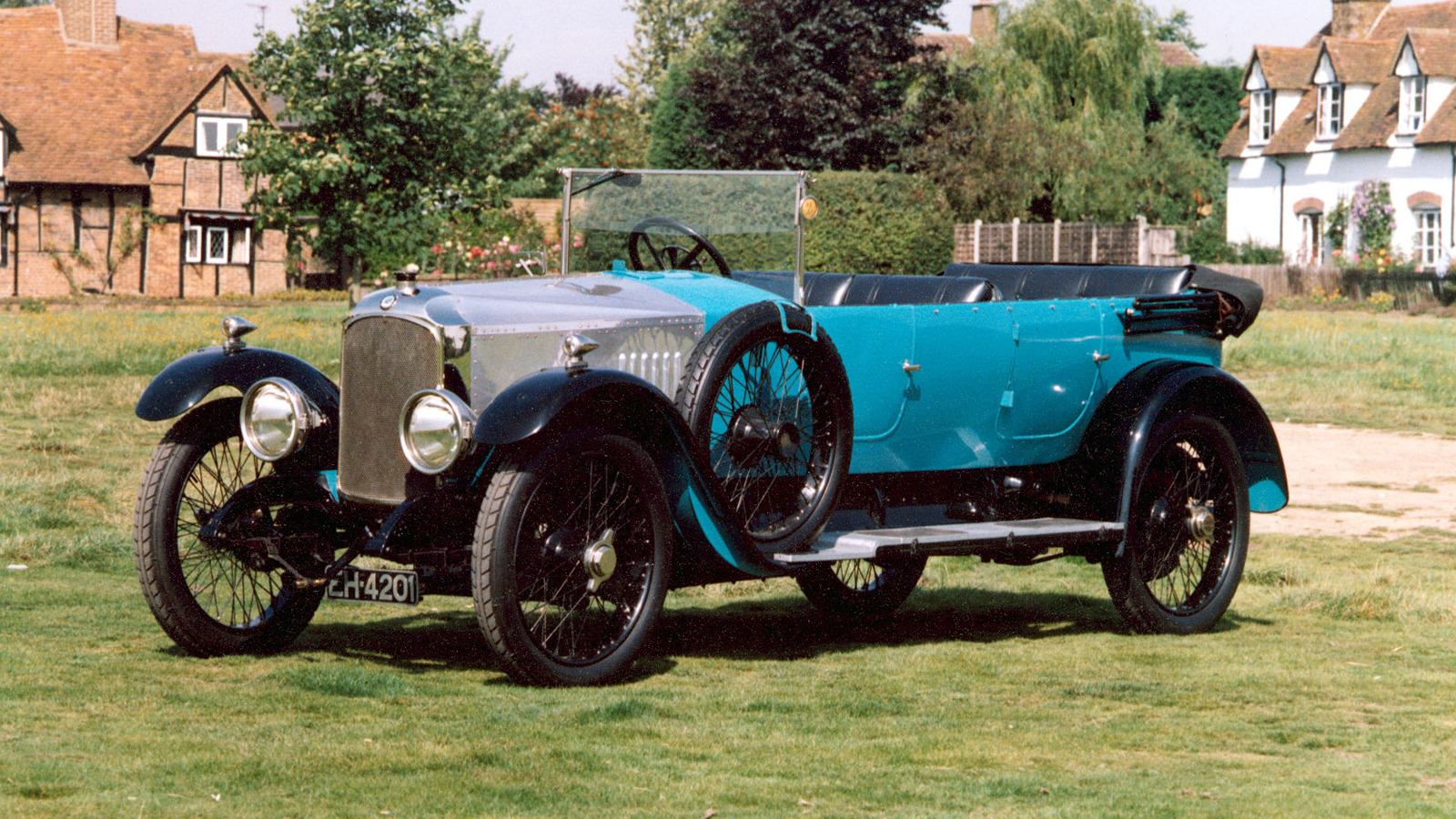 © Vauxhall Heritage
© Vauxhall Heritage -
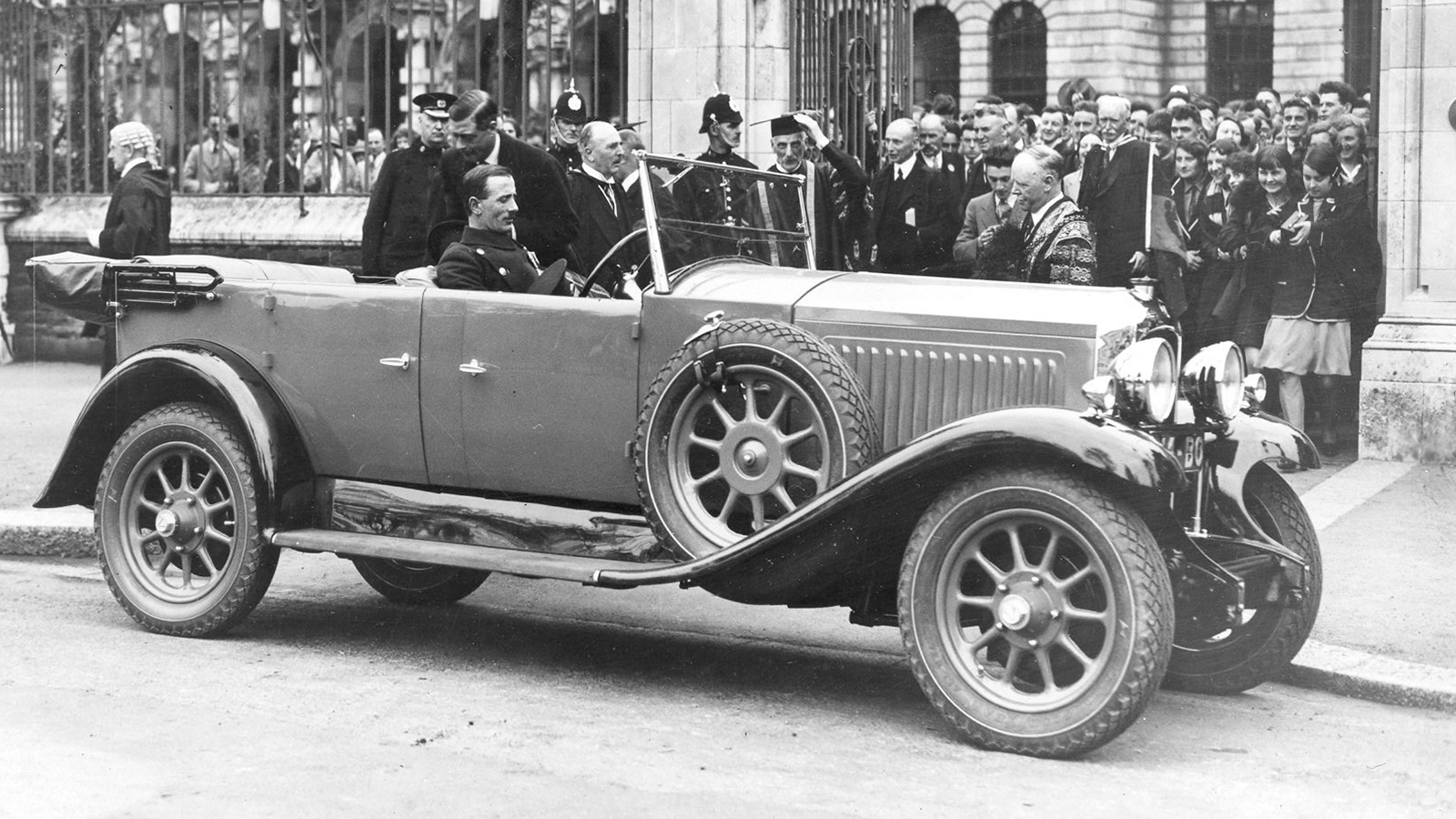 © Vauxhall Heritage
© Vauxhall Heritage -
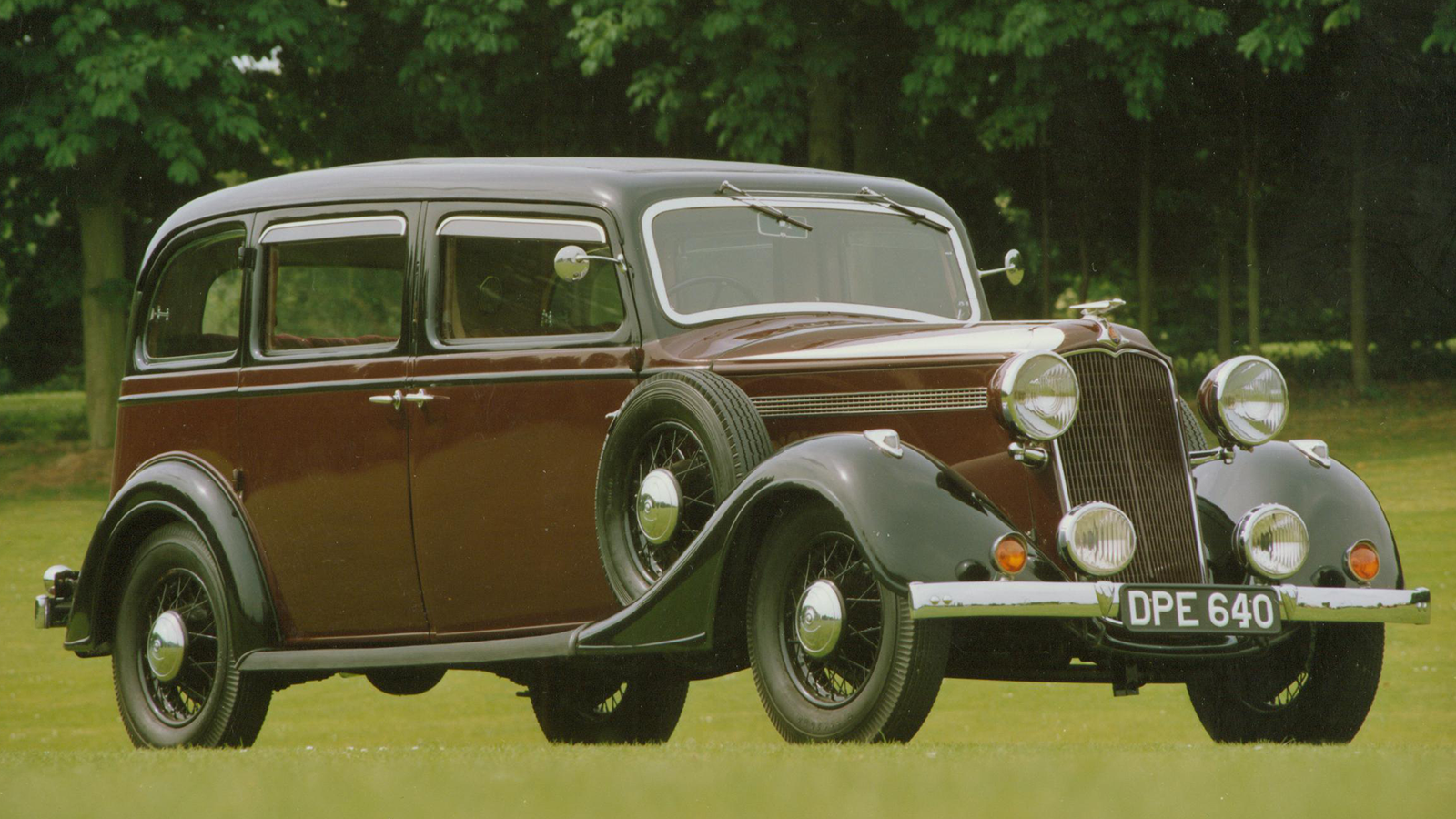 © Vauxhall Heritage
© Vauxhall Heritage -
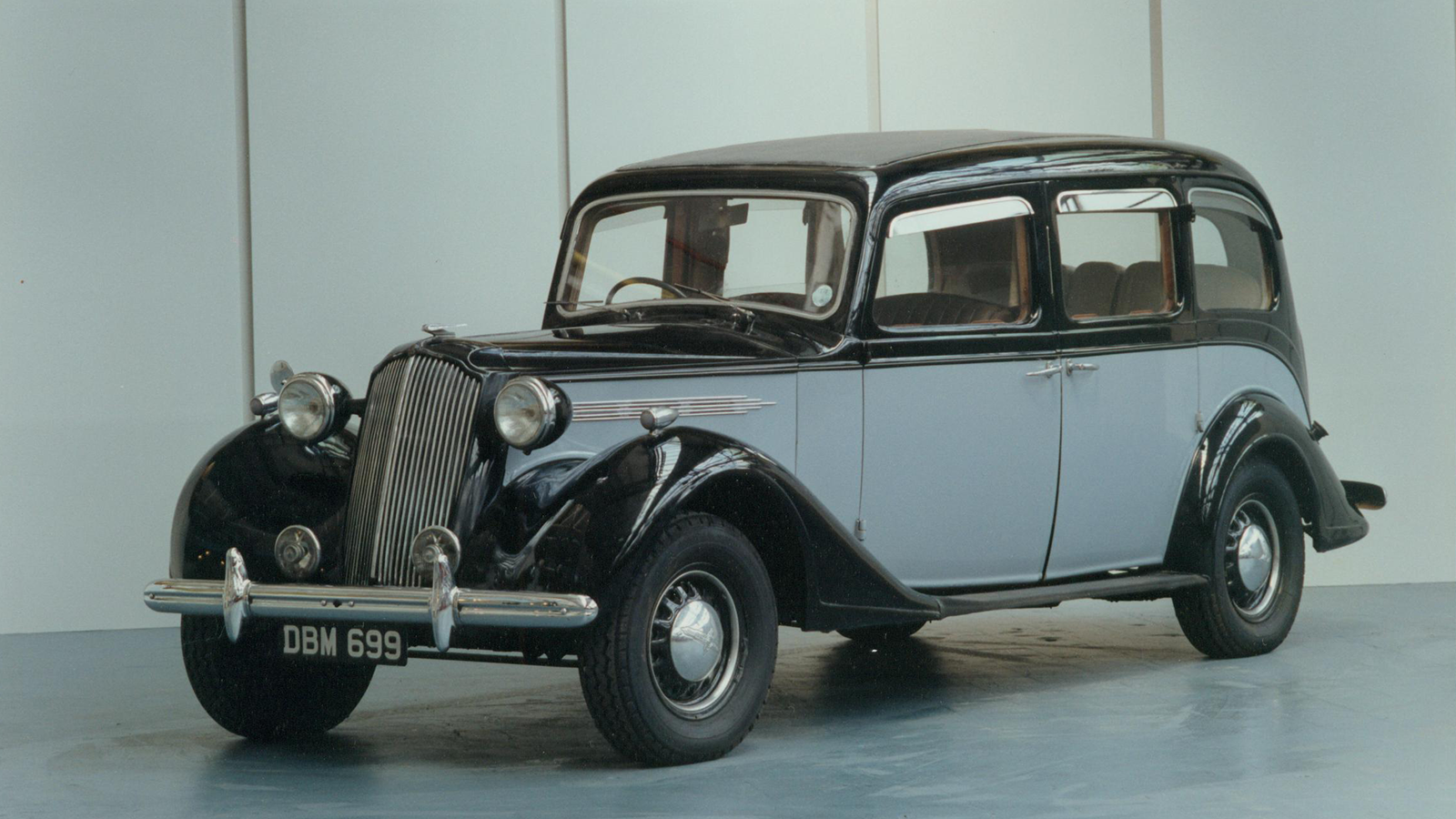 © Vauxhall Heritage
© Vauxhall Heritage -
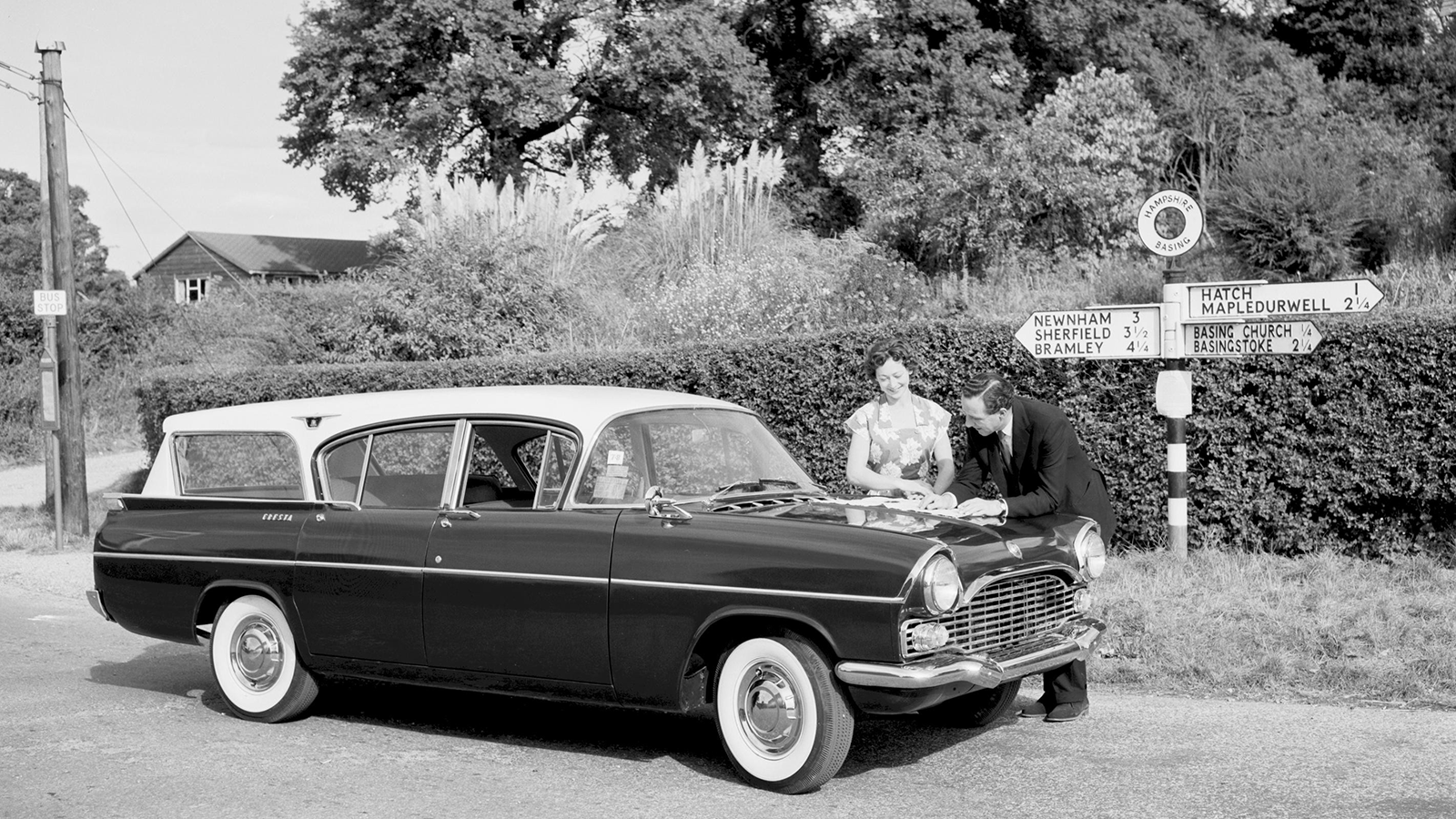 © Vauxhall Heritage
© Vauxhall Heritage -
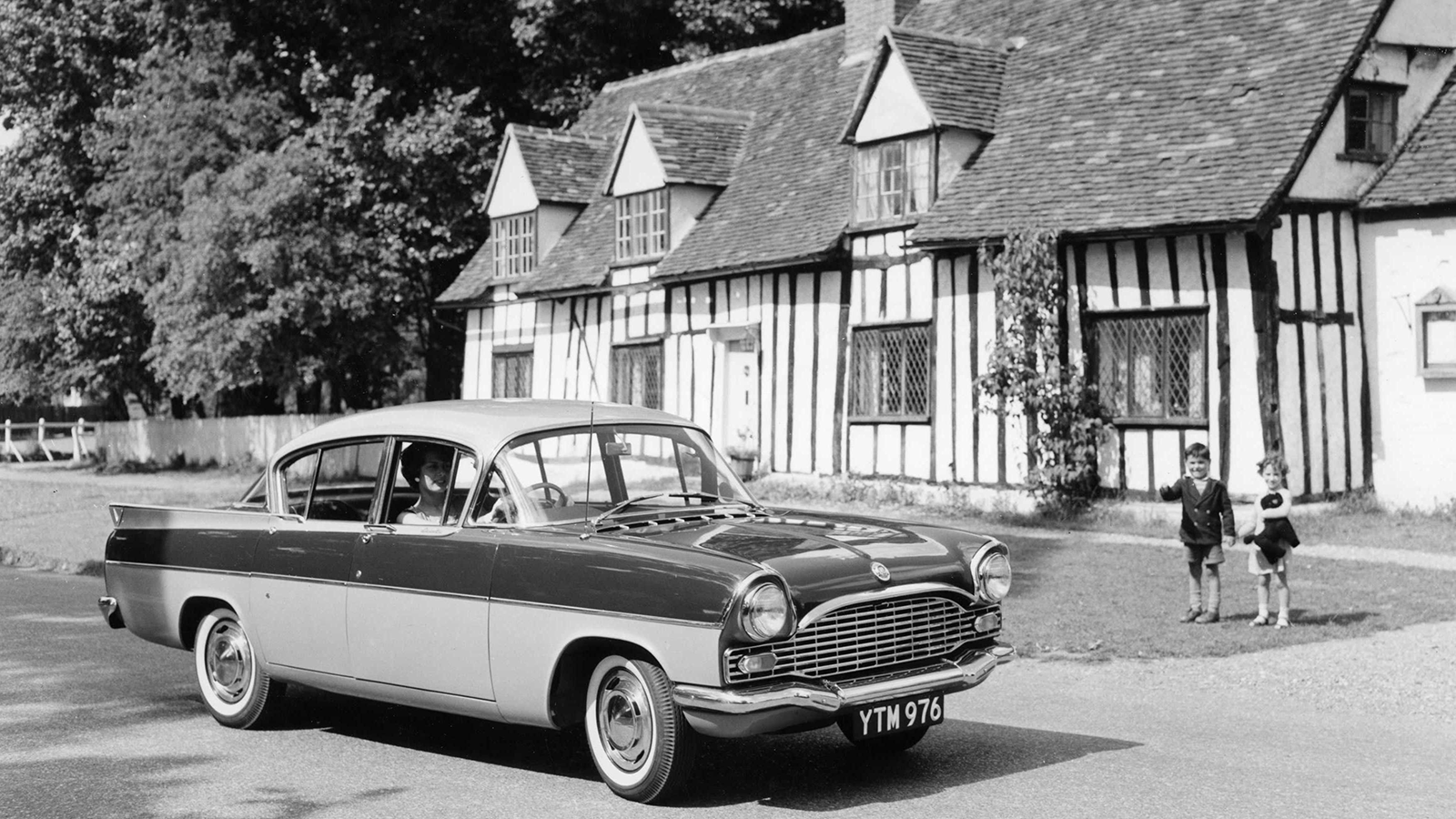 © Vauxhall Heritage
© Vauxhall Heritage -
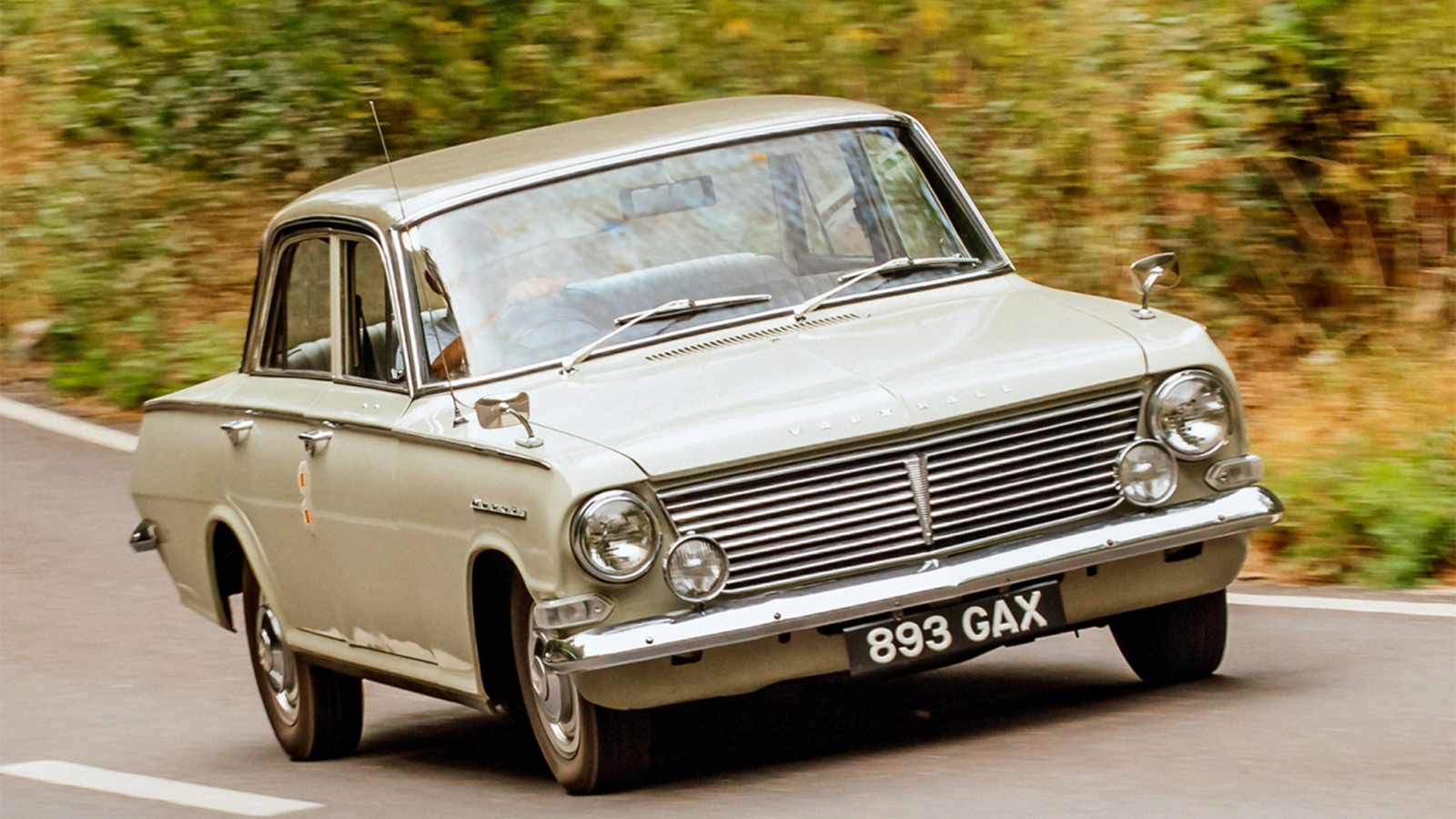 © Luc Lacey/Classic & Sports Car
© Luc Lacey/Classic & Sports Car -
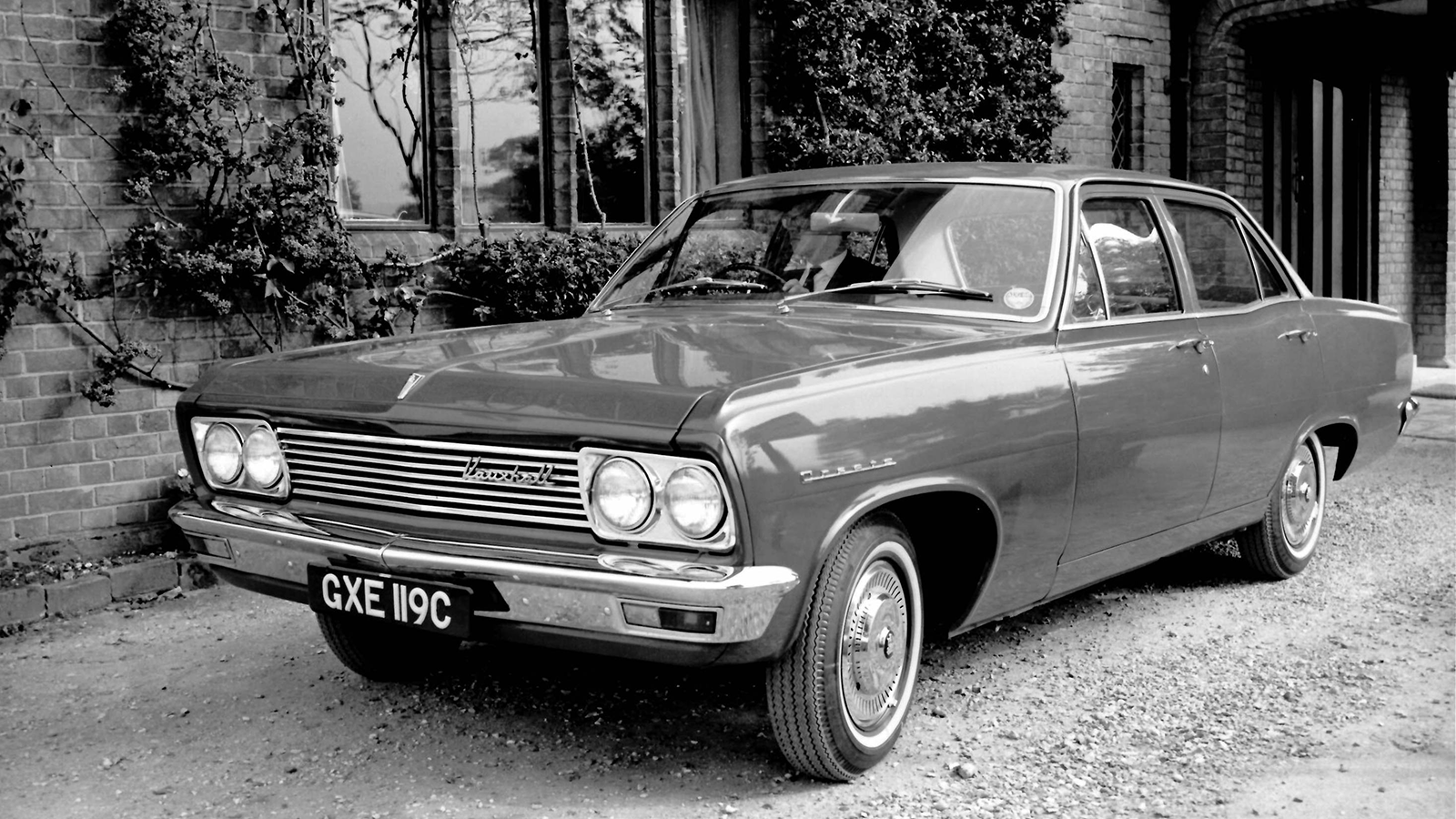 © Vauxhall Heritage
© Vauxhall Heritage -
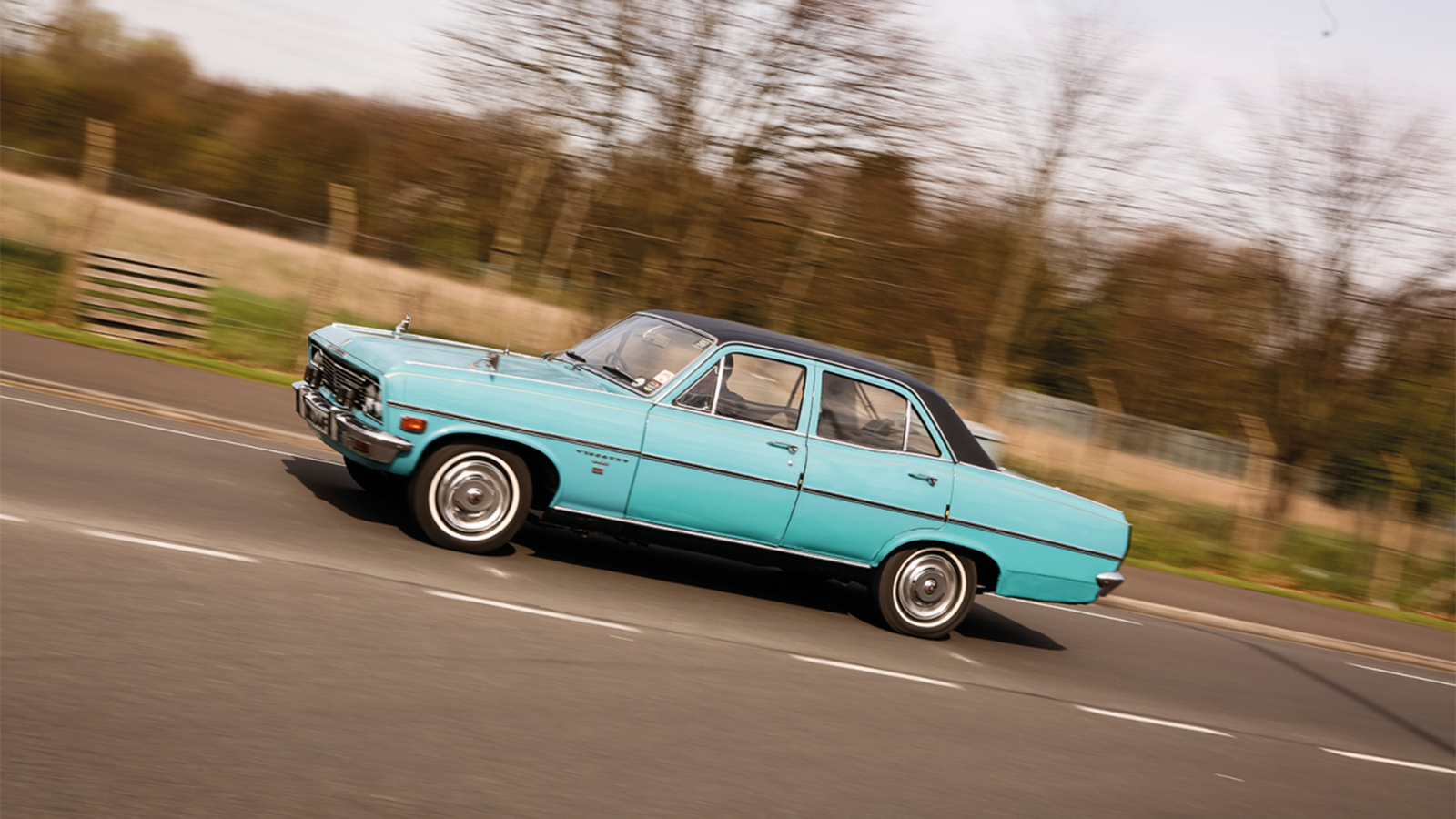 © Tony Baker/Classic & Sports Car
© Tony Baker/Classic & Sports Car -
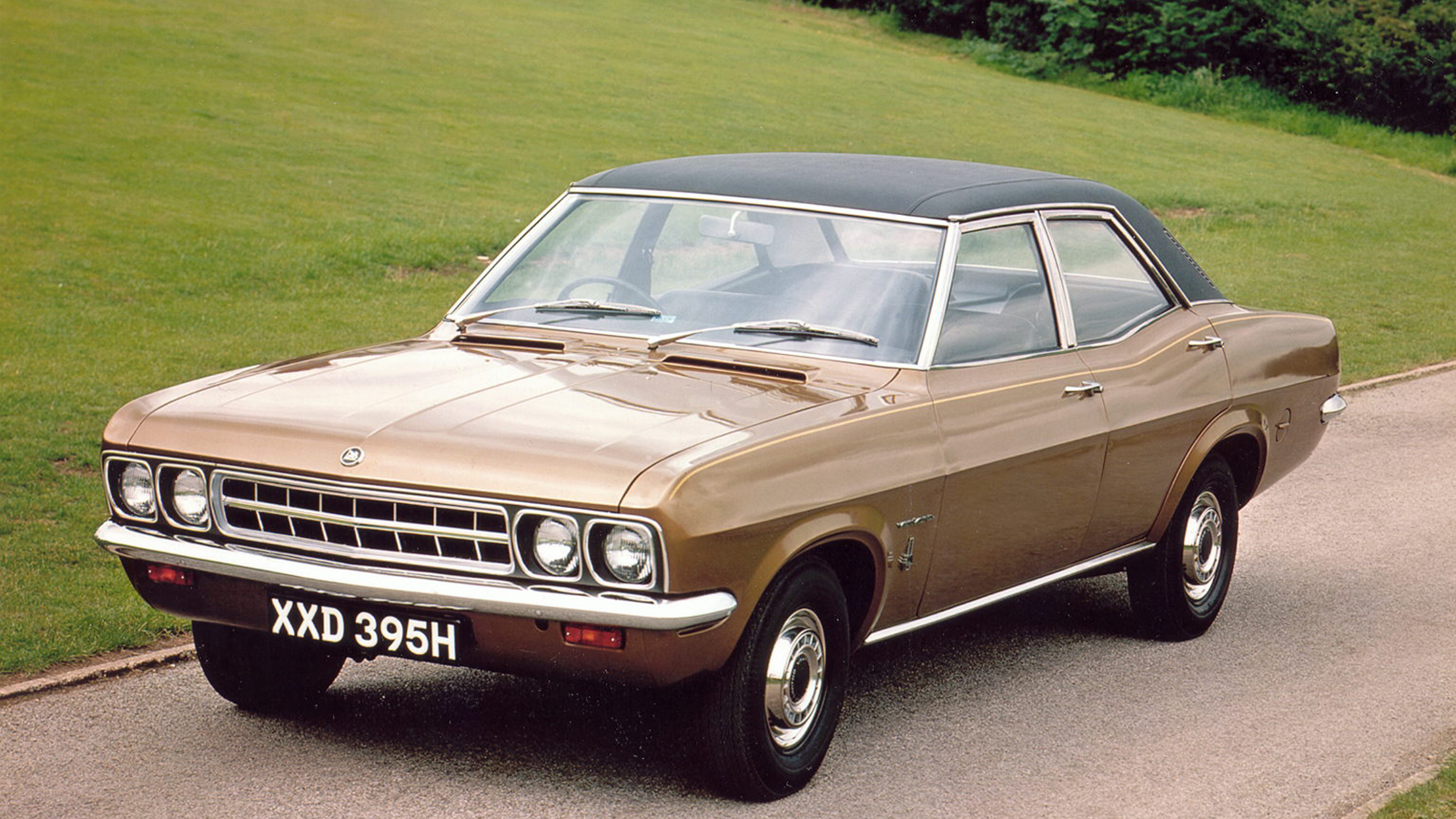 © Vauxhall Heritage
© Vauxhall Heritage -
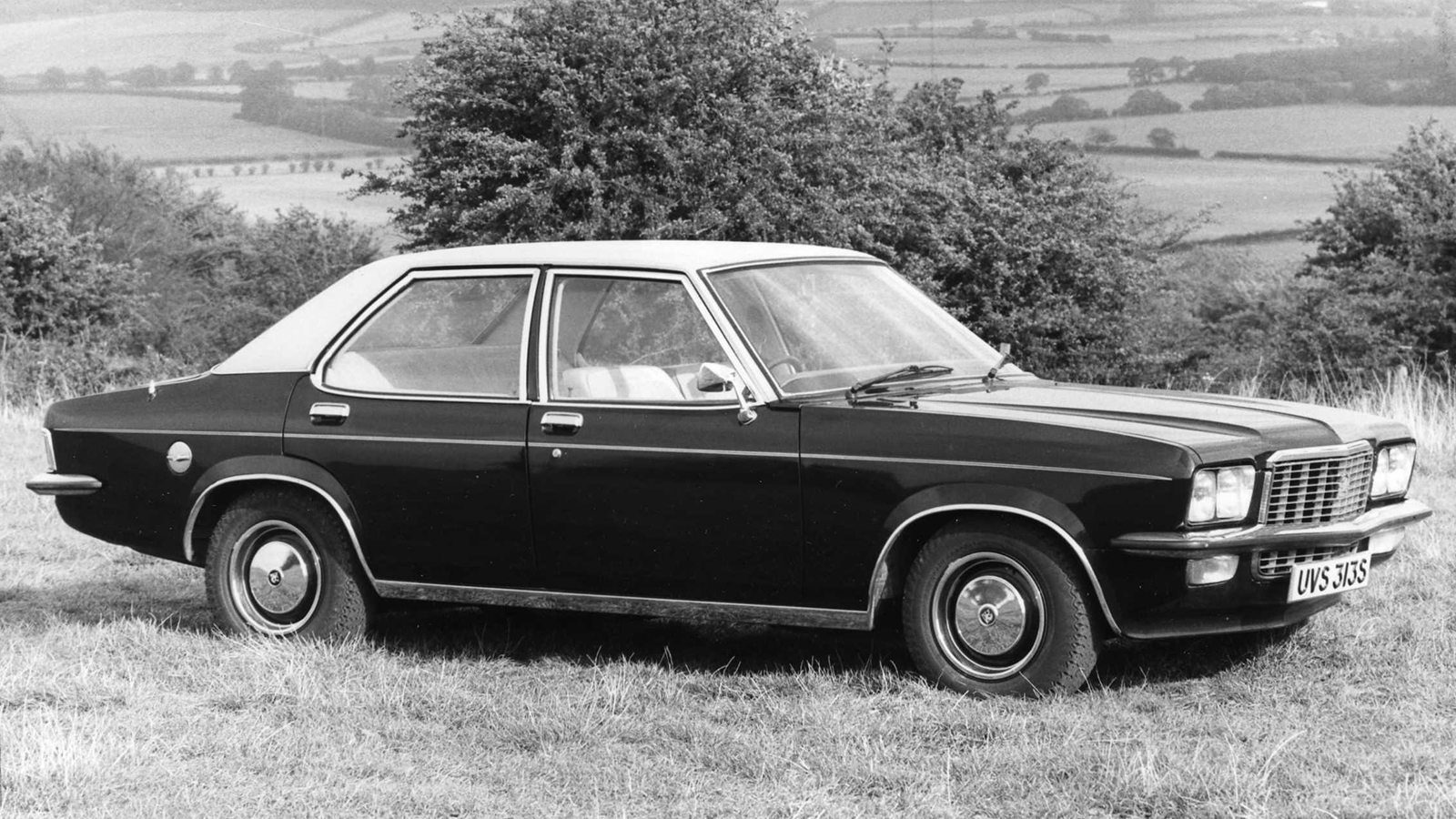 © Vauxhall Heritage
© Vauxhall Heritage -
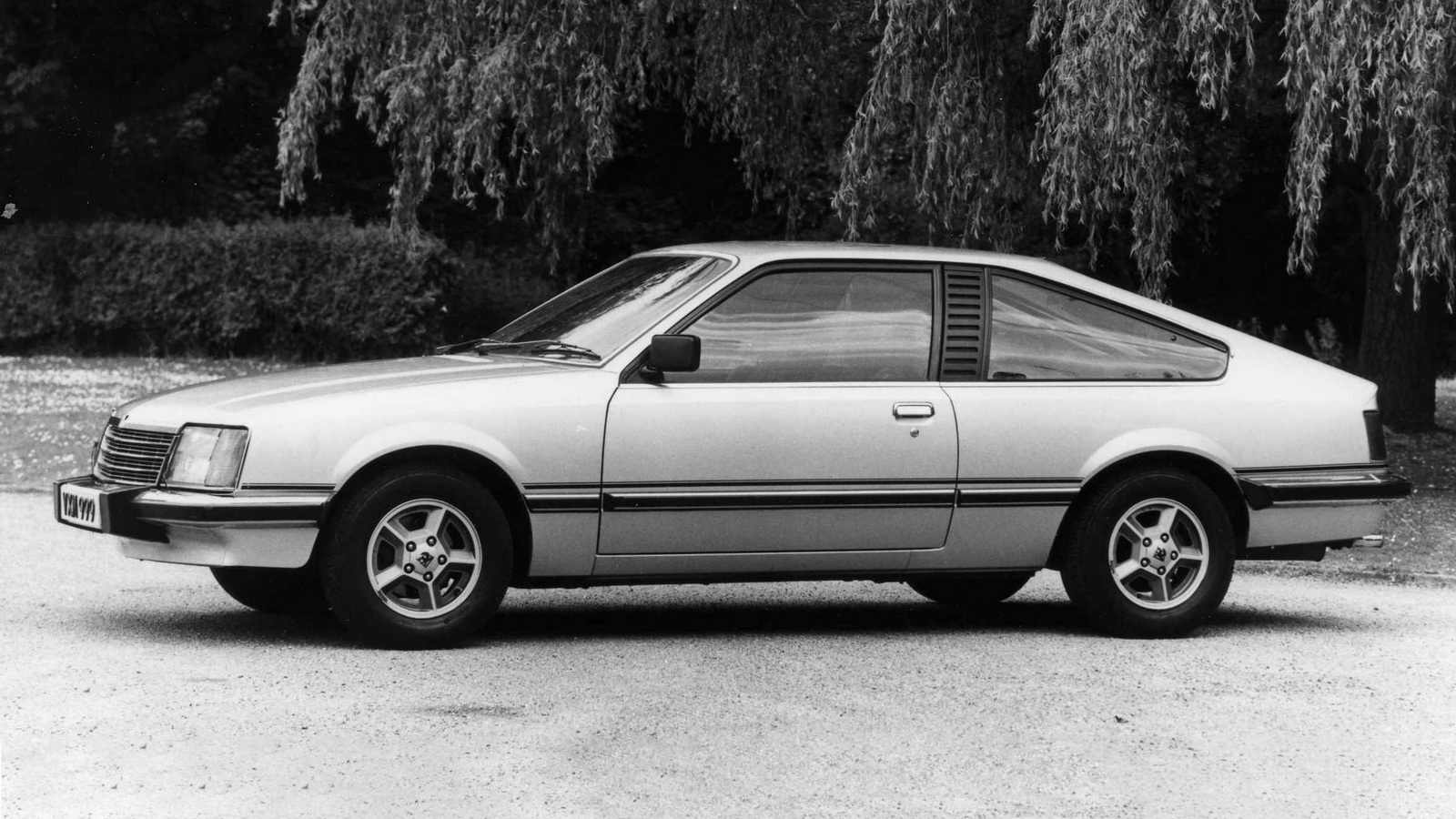 © Vauxhall Heritage
© Vauxhall Heritage -
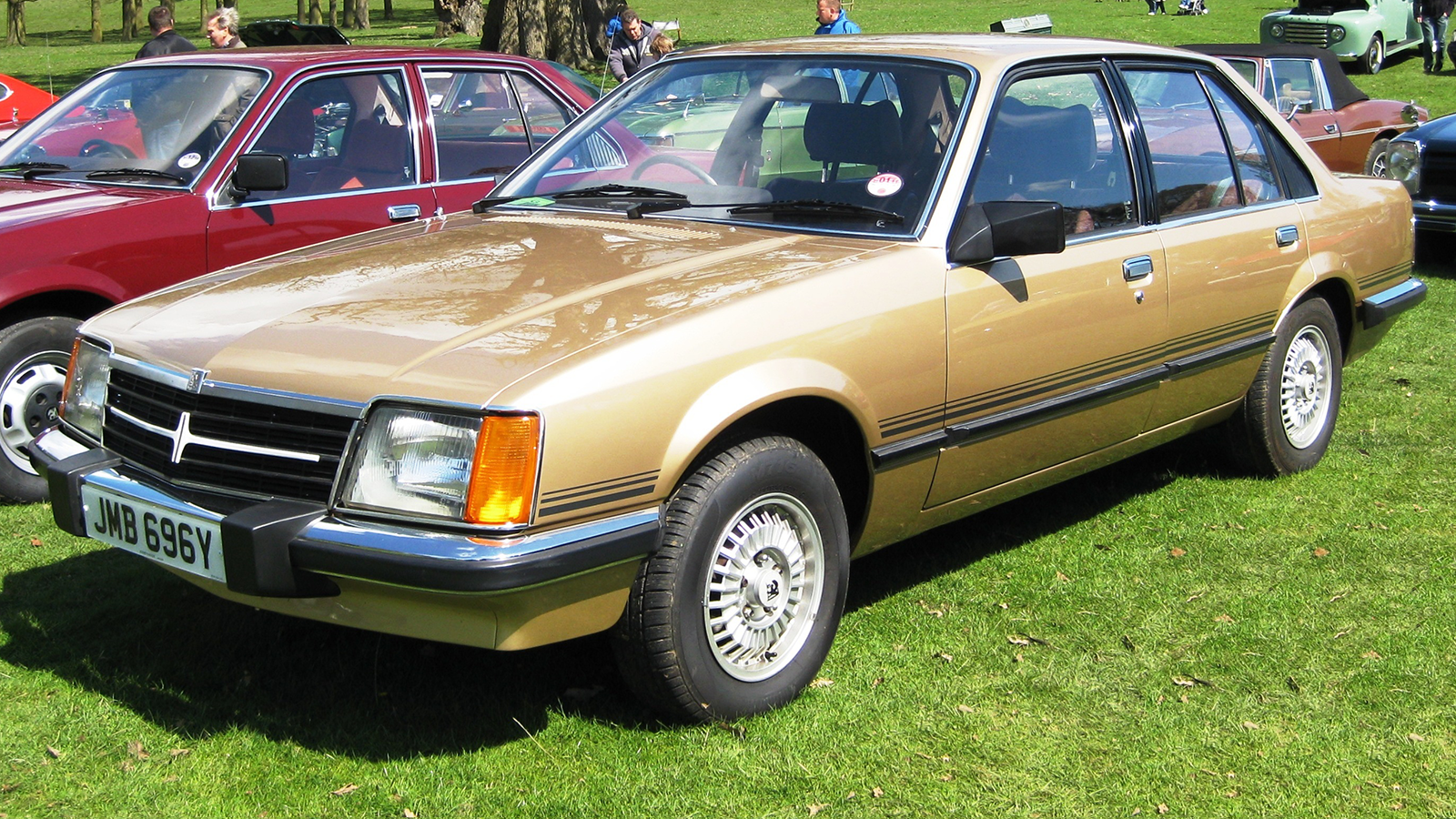 © Vauxhall Heritage
© Vauxhall Heritage -
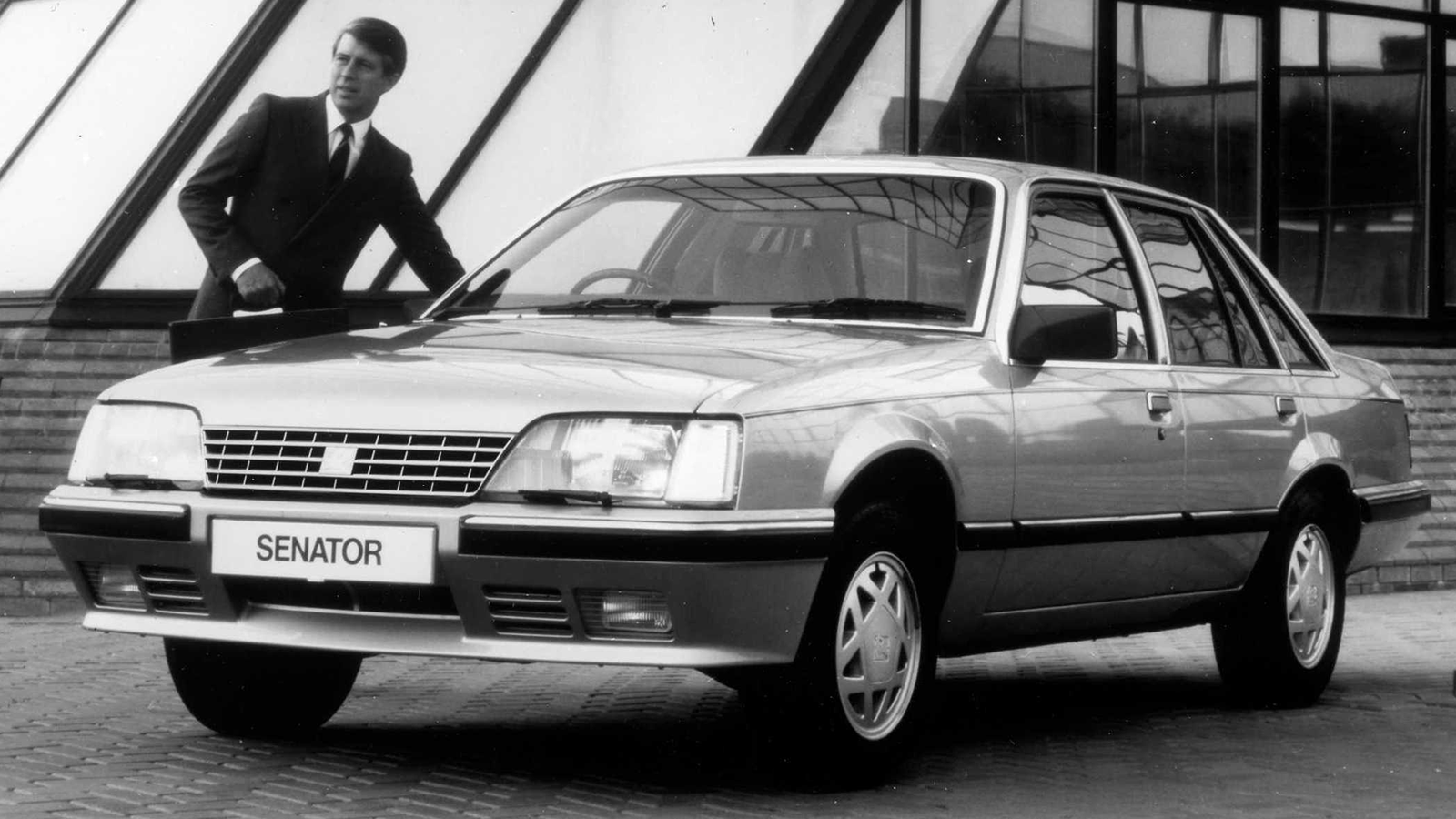 © Vauxhall Heritage
© Vauxhall Heritage -
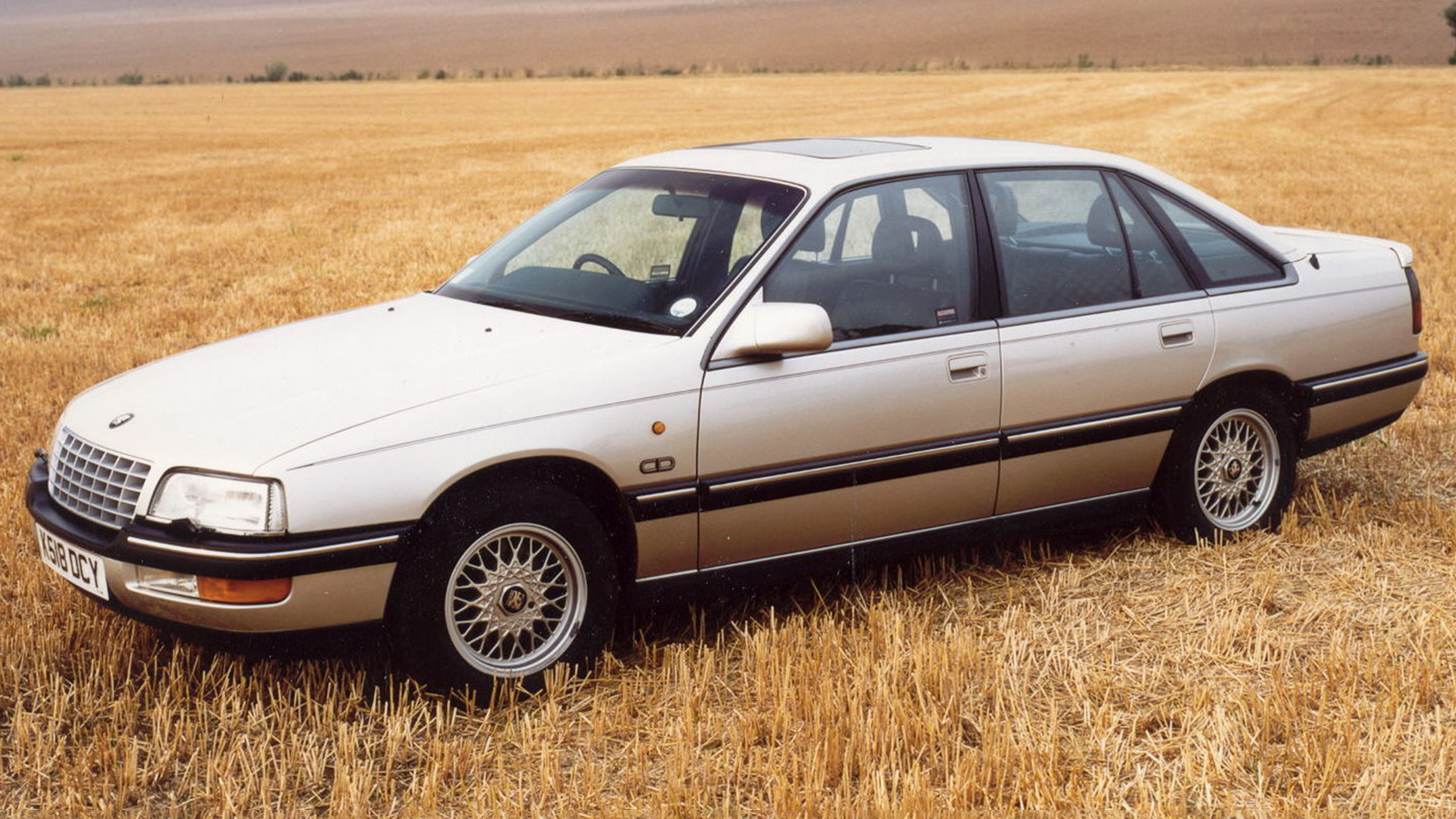 © Vauxhall Heritage
© Vauxhall Heritage -
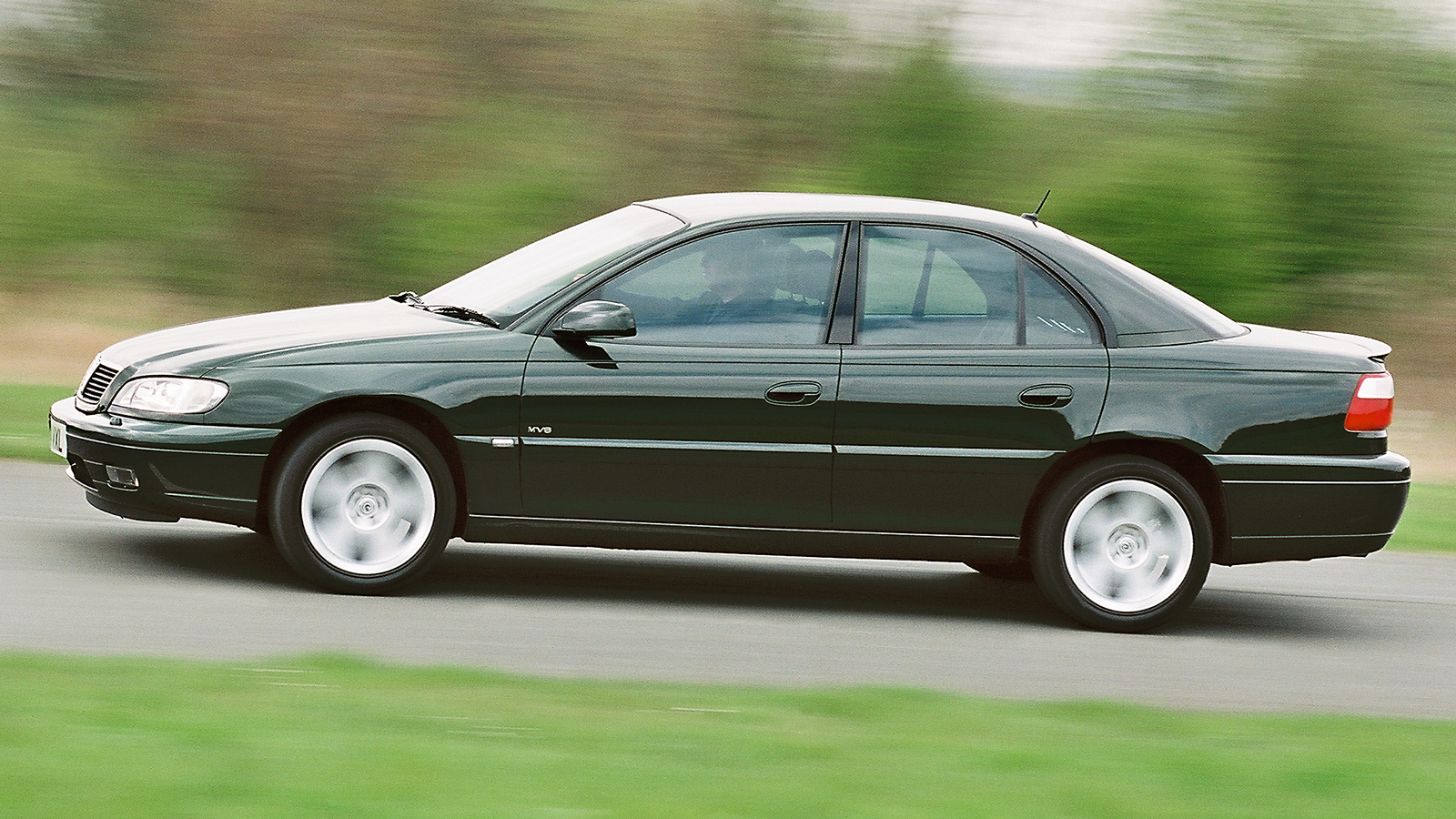 © Vauxhall Heritage
© Vauxhall Heritage
-
Luxury from Luton
‘Vauxhall’ and ‘luxury’: you wouldn’t expect them to appear in the same sentence nowadays, but that certainly hasn’t always been the case.
A century ago, Vauxhall would have been making cars that rivalled those from the then fledgling Bentley brand.
And even when the Luton company adopted a more mainstream focus after its purchase by US giant General Motors in 1925, Vauxhall’s range continued to include a prestige flagship model right up to WW2.
Post-war entries in this chronology are less frequent, but no less memorable. They may not have had the brand cachet of BMW or Mercedes-Benz, but their lavish specifications and overall dimensions often ticked the same boxes – though at a more affordable price.
Here are 21 of the best, from 1906 to 1997.
-
1. 1906 Vauxhall 18HP
Having only produced small, single- and three-cylinder models from 1903, Vauxhall – now Luton-based, after relocating from the eponymous south London suburb in 1905 – was keen to attract a more upmarket clientele.
The 18HP was the marque’s first four-cylinder car, and the first designed to accept a grandiose four-seater Landaulette body, with semi-exposed accommodation for the chauffeur up front, behind whom the master or mistress would sit in a luxuriously appointed cabin.
Powered by a 3402cc engine with separately cast cylinders, around 10 18HPs were produced.
-
2. 1908 Vauxhall 12/16HP
Arguably, the first ‘mass-produced’ Vauxhall, the 12/16HP, was built in batches of 20 with a total of 85 cars being produced over three years.
Like the 18HP, the X-type was powered by a ‘T-head’ engine with five main bearings and four separately cast cylinders, but of a smaller 2.4-litre displacement. It was still capable of reaching 48mph.
This image shows Vauxhall’s MD, WG Gardner, sitting in the rear of a 12/16HP prototype.
-
3. 1910 Vauxhall B10 27HP
The B10 was Vauxhall’s first model designed specifically to accept heavy, luxurious coachwork, which it had started to produce to order at its Luton factory, providing wealthy customers with a complete car, rather than just a rolling chassis.
With a chassis alone weighing 2016lb (914kg), and a length of 4.2 metres, the B10 was powered by Vauxhall’s first six-cylinder engine, with side camshafts and a seven-bearing crankshaft.
Between 1910-’12, 49 B10s were produced, costing £595 when fitted with Vauxhall’s Touring body.
-
4. 1911 Vauxhall B11 30/35HP
The B10’s unreliable one-piece six-cylinder engine block was replaced in the B11 with a unit cast in two three-cylinder blocks that was easier to manufacture. This brought an increase in displacement to 4579cc.
Now with an even more weighty 2352lb (1067kg) chassis, the B11 was popular with coachbuilders due to its suitability for substantial, imposing bodywork.
Vauxhall’s St Petersburg office even supplied the Romanoffs – the last of the Russian Czars – with B11 limousines. Appropriately, there was the option of a foldaway bodyguard’s seat.
-
5. 1919 Vauxhall D-type 25HP
After proving its strength and reliability as a military staff car, of which 2000 were produced during WW1, Vauxhall quickly capitalised on the D-type’s qualities and launched a luxury civilian version when peace resumed.
Equipped with electric lighting and starting, magneto ignition and the same 3969cc ‘four’ that had been fitted to the legendary 25HP Prince Henry C-type, the 65mph-rated D-type was available with a wide range of bodies costing from £1450-1875.
-
6. 1922 Vauxhall OD-type 23/60
The 23/60 was Vauxhall’s luxury mainstay during the 1920s, and part of a three-car range, comprising the 14/40 entry model and the sporting 30-98 Bentley challenger.
Fitted with a wider track and longer wheelbase than the 30-98 to accommodate more salubrious bodywork, the 23/60’s 4-litre engine was equipped with a harmonic balancer for greater refinement, overhead valves (hence the ‘O’ on its moniker) and a detachable cast-iron head for ease of maintenance.
A typical Kington Tourer-bodied car cost £925 in 1924.
-
7. 1928 Vauxhall R-type 20/60
If one needed proof of Vauxhall’s standing as a luxury car maker, the above image of Prince Charles (later King Edward VIII) about to enter his chauffeur-driven T-type (all-but identical to the R-type) says it all.
The R-type was the first model made under GM’s auspices, and while the 2.7-litre straight-six-powered car was still clearly at the prestige end of the market, the US influence was obvious.
There were Buick design cues, a central gearshift replacing the right-hand set-up, a single-plate clutch, rather than a multi-plate affair, and artillery, instead of spoked, wheels.
-
8. 1933 Vauxhall Big Six 27HP
While GM was pushing Vauxhall towards the mainstream, models like the Big Six upheld – to some extent – the brand’s lustre.
A popular alternative to Rolls-Royces and Bentleys with municipalities and companies keen to avoid cries of profligacy during the early ’30s recessionary years, the Big Six was available with a 48cm longer wheelbase, turning it into a seven-seat limousine.
Its 3180cc straight-six, which was rubber mounted for extra refinement, delivered drive via a four-speed gearbox with synchromesh on third and top.
-
9. 1937 Vauxhall GL 25HP LWB
Another seven-seater, when fitted with Grosvenor’s Limousine body, which also brought the option of picnic tables with concealed ashtrays let into the backs of the front seats.
But Vauxhall’s GL was more notable for its innovative TT (torsion tube) independent front suspension, with a torsion bar twisting inside a short tube that also acted as a torsion member.
The GL also introduced one of the first heaters to be seen in a Vauxhall, as well as a more advanced and powerful overhead-valve ‘six’ engine, displacing 3215cc.
-
10. 1959 Vauxhall PA Friary Estate
Post-war, Vauxhall focused its attention on burgeoning sales in the mid-size market, hence the two-decade jump here.
But a tie-up with Basingstoke-based Friary resulted in a factory-approved estate conversion for the 2.3-litre PA Velox and Cresta models.
By simple dint of an extended roofline, the Friary was both luxurious and practical, with 1473 litres of space liberated with its rear seats folded down.
Her Majesty Queen Elizabeth II owned a specially converted Friary with linoleum-trimmed floors, in case one of her corgis disgraced itself!
-
11. 1960 Vauxhall Cresta PADX
GM’s styling influence was most obvious in the Vauxhall Cresta PA’s design, with its chip-cutter front grille, wraparound windscreen, abundance of chrome trim and prominent tailfins.
This was set off on the top-flight Cresta with whitewall tyres, anodised wheel trims and optional two-tone paintwork.
For the PADX, there was a new 2.6-litre ‘six’ engine, producing 113bhp – 30bhp up on the PA’s previous motor – and driving through a ‘three-on-the-tree’ column-shift gearbox, with optional overdrive.
A new strip-type speedometer changed to red at speeds over 55mph.
-
12. 1962 Vauxhall Cresta PB
Mirroring the transatlantic shift away from fins and chrome to more subdued and urbane lines, the Vauxhall Cresta PB was still reassuringly large for a British car, with a commensurately capacious and well-appointed cabin.
Cleverly using the door architecture from the smaller Victor FB, but with stretched front and back ends, the PB wasn’t the sharpest-handling car, but with an easy, cruising gait, a 93mph top speed and a luxuriant – if slightly roly-poly – ride, it helped maintain an important leaf in Vauxhall’s luxury book.
-
13. 1965 Vauxhall Cresta PC
At more than 15ft long and nearly 6ft wide, the Cresta was an imposing sight on British roads.
And while dynamically it was no match for incoming sophisticates, like the Rover P6, its interior space and refinement allowed it to hold its own in the class.
But now fitted with a larger, 3294cc ‘six’, working with an all-synchromesh, four-speed manual gearbox, the PC was a bit of a hot rod.
With a 0-50mph time of 7.5 secs, it was faster than a Porsche 1600 SC and Ford’s Lotus-Cortina.
-
14. 1966 Vauxhall Viscount
Vauxhall’s Viscount upped the Cresta’s luxury ante still further.
Costing an extra £400 – nearly as much as a new Fiat 500 – it was no surprise that the range-topper only accounted for around 12% of all PC sales.
But it certainly packed some kit. As standard, the Viscount came with a vinyl roof, walnut veneer cappings and leather trim, reclining seats, electric windows front and rear, picnic tables, reading lights and little coronets on the door trims.
That extra equipment meant it was also 220lb (100kg) heavier than the standard PC.
-
15. 1968 Vauxhall Ventora FD
With its coke-bottle styling, introduced the previous year for the standard Victor, and predating the Cortina Mk3’s similar design cue, the Ventora epitomised middle-class automotive luxury.
Shoehorning Vauxhall’s now aged 3.3-litre ‘six’ into the Victor’s body gave the car a lift in refinement, versus the lesser four-cylinder model, but little in additional performance.
The extra weight and length of the engine also impacted its handling, despite the FD’s rack-and-pinion steering.
-
16. 1976 Vauxhall VX 2300 FE
The FE Victor, on which the VX 2300 was based, was effectively the last fully Vauxhall-engineered and designed car, and brought to an end a model line that began nearly 20 years before.
Such was the large capacity of the VX’s 2.3-litre ‘four’, balancer shafts were used to dampen the engine’s inherent vibration.
But producing 109bhp, performance was respectable, with 0-60mph arriving in 11.6 secs, and on to a 104mph top speed.
A vinyl roof, deep chin spoiler, four headlights and chrome wheelarch trims set the VX apart from lesser Victors.
-
17. 1978 Vauxhall Royale Coupé
The first Vauxhall to retail at more than £8000, the Royale marked the start of platform-sharing with Opel across its large-car ranges.
While the Royale lacked its Opel counterpart’s fuel injection, making do with a single carburettor, it was the Luton brand’s first car with an overhead-cam six-cylinder engine, and the first with all-round independent suspension.
The Royale was also feted by the media, both in Coupé and saloon guise, thanks to its fine chassis and brisk performance.
-
18. 1980 Vauxhall Viceroy
Based largely on the Carlton, which had launched two years before, the Vauxhall Viceroy employed a smaller-capacity, 2.5-litre version of the Royale’s straight-six, and also much of the Royale saloon’s front-end design.
Packed with kit, the Viceroy came as standard with central locking, stereo radio/cassette player, electric windows, a steel sunroof and a six-dial instrument cluster – impressive stuff, more than 40 years ago.
-
19. 1984 Vauxhall Senator
In an effort to simplify its range, Vauxhall replaced the Royale and Viceroy saloons with the Senator, coinciding with a facelift of the saloon’s body which brought with it a more sloping bonnet and front grille area, as well as a raised deck at the rear.
Fuel injection became standard, and the Opel Monza’s limited-slip differential was an option.
Air conditioning was standard in CD trim, as were digital instruments. There was also the option of a 3-litre engine for the upper trim levels.
-
20. 1987 Vauxhall Senator
Based on the Carlton II launched the year before, the new Senator’s egg-crate front grille and glazed C-pillar visually set it apart from its more humble sibling.
Larger in all dimensions than the previous model, the Senator adopted Active Chassis Technology, which also allowed drivers to manually switch between three damper settings.
The ZF Servotronic steering and an all-new, twin-cam, 24-valve, straight-six engine were also highlights in what was one of the best-accomplished luxury Vauxhalls of the post-war era.
-
21. 1997 Vauxhall Omega Elite
Like the Senator, the Omega was proof that Vauxhall (or technically, Opel) could engineer a large, luxurious car that also performed and handled well.
In its most opulent form, the Omega Elite came with a 3-litre, dohc V6. Traction Control Plus and ABS were standard, as was speed-sensitive Servotronic steering.
The top-flight Elite also standardised self-levelling rear suspension, satellite navigation and a load-sensing, adaptive automatic transmission.
Rooted in the mainstream, Vauxhall may have been, but with cars like the Omega it could take the fight to BMW and Mercedes-Benz.
